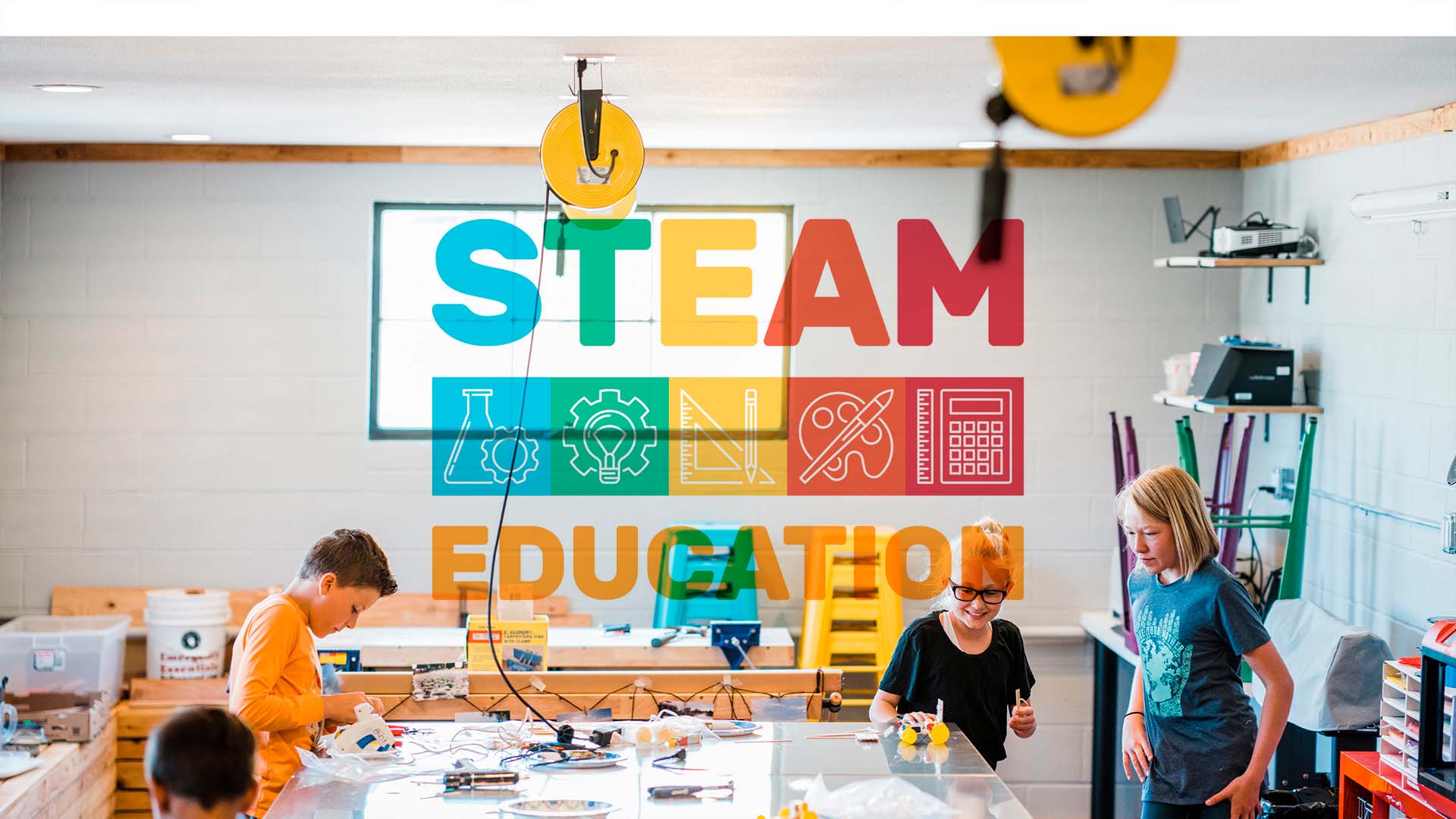STEAM (Science, Engineering, Arts and Mathematics) has become a broadly recognized method of teaching all over the globe. There are many schools and organizations that are involved with it and they adopt it into their teaching. TEFL community in Greece has become more and more creative over the last years and tries to perform new, innovative methods in their curriculum to improve their teaching skills. In this paper, there will be discussed some of the benefits of STEAM not in education in general but in the field of TEFL. Although STEAM has been used as a supplementary way of teaching across the units, as additional activities in lessons or even as a final step of a unit in coursebooks, it hasn’t been seen as the basic curriculum yet. But the truth is that vocabulary, grammar and all of the four skills can be taught all based on STEAM. For instance, instead of doing a color experiment as a final step when the learners have learnt the colors, do an experiment for the students to learn the colors.
Text by Konstantina Karamouta - BA Hons English Language and English Language Teaching
Teaching young and very young learners demands effort, lots of lesson planning and new and innovative ideas all the time. I have started making lesson plans and building materials based on STEAM for the last few months and I have incorporated it into my curriculum for young learners. At first, I was terrified of how to manage all the demanding outcomes that the young learners should have, but by working on it over and over again I managed to have outstanding lesson materials and outstanding results- more than I could ever imagine. Young learners are curious learners, they want to explore, to have enthusiasm, to become creative and so much more that STEAM can offer. By using STEAM into the curriculum, learners become engineers, scientists, artists, photographers, actors/actresses, mathematicians, they develop their cognitive skills, their critical thinking, their creativity! Since young learners have a natural disposition toward science with their sense of curiosity and creativity, STEAM offers them great opportunities to dive into these two.
A STEAM approach helps teachers to create experiences into their teaching and this is what we are looking for in the field of education in the 21st century. ‘’STEAM is important because it helps teachers to incorporate multiple disciplines at the same time and promotes learning experiences that allow children to explore, question, research, discover and exercise innovative building skills” (Colker and Simon, 2014). STEAM provides young learners a natural environment in which they can collaborate, communicate and explore all together. My favorite example is when I first started implementing STEAM in my curriculum, a student came and told me ‘’Do you know the magic with the carpet and the lamp? ‘’ and of course I didn’t know what he was talking about. Our learners are exposed to constant input through visuals and online feed and they learn so many things that they want to test out all the time and that makes them more eager to the process that follows.
STEM became STEAM the last years and that was the greatest discovery in this section. Art is a vast section for me and for my school as well and it is very crucial that it has been a part of STEM. The right part of our brain functions with the help of arts, creativity and emotions. In the section of arts there are the visual arts which include drawing, painting and photography, there are the literary arts such as drama and poetry, there are the performing arts as dance, music and theatre as well. Art experiences help teachers to improve their teaching and learners to gain more knowledge and broaden their horizons. It helps both sides to investigate their inner self and appreciate the world around them. Arts help students become more fluent speakers through their creativity and willing to continue their learning process. It has been seen globally that many educators are teaching through arts with marvelous results.
STEAM has everything we need to make our learners ready for the years that follow. It is very common nowadays for students to lack a sense of will, not want to attend courses, avoid searching for new interests and be surrounded by people who suffer from COVID- 19 and financial crisis. We, as educators, should shine their way to education, we should stand for them and be with them and we have to be prepared to make them interested in reading, research, critical thinking and creativity. It is our chance to change past habits and bring ‘’awesomeness’’ back to life. The world is changing and we should change with it, not tomorrow but today.
